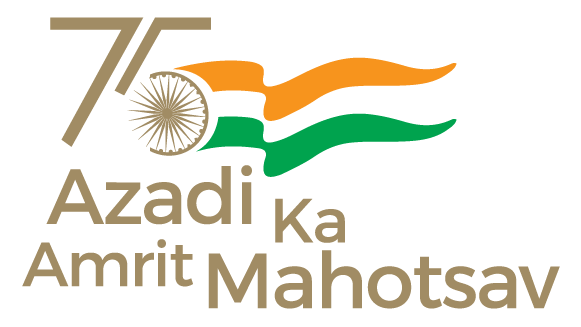
There are various Government/Non-Government institutional mechanisms and survey agencies which generate data on tribal healthcare on a periodic basis. Rural Health Statistics (RHS) provides details of infrastructure and human resource in tribal areas. National Family Health Survey (NFHS) provides details on major health indicators about maternal and child health among Scheduled Tribes. Census of India provides population and household details including Tribal areas. National Sample Survey provides household surveys on various socio-economic subjects.
The Expert Committee on Tribal Health titled, “Tribal Health in India: Bridging the Gap and a Roadmap for the Future” came in 2018 which gives details on the status of tribal health. The Report of the Committee pieces together the health status of the tribal populations, did a detailed analysis of the health situation in tribal areas, maps out the disease burden, discusses the challenges in areas of infrastructure, facilities, Human resource, financing, participation in planning etc., and makes recommendations for improving health outcomes for tribal populations. The main recommendations of the Committee include – strengthen access to comprehensive primary healthcare by establishing health and wellness centres, provide insurance for access to secondary and tertiary care; enhance human resource via community health officers/mid-level healthcare providers, enhancing capacities/roles of ASHA, task sharing and shifting etc.; community mobilization and IEC; use of technology to increase access to health services; strengthening school health program; integration of tribal health practitioner in primary care; increased financing for tribal health, for instance through Tribal Sub Plan (TSP).
The NHM focuses on universal approach and hence all the Health and Family Welfare Schemes run under the umbrella of NHM is applicable and available in all the States/UTs including Odisha. Under the National Health Mission (NHM), financial and technical support is provided to States/UTs to strengthen their health care systems including setting-up/upgrading public health facilities and augmenting health human resource on contractual basis for provision of equitable, affordable healthcare to all its citizens particularly the poor and vulnerable population in the tribal areas based on requirements posed by the States in their Programme Implementation Plans (PIPs) within their resource envelope.
Various supports under NHM for better healthcare for beneficiaries in tribal areas are as follows:
- Ayushman Bharat- Health and Wellness Centres (HWCs) are established by transforming the Sub-Health Centres (SHCs) and Primary Health Centres (PHCs), as part of the Ayushman Bharat – the flagship programme of Government of India, to deliver twelve packages of Comprehensive Primary Health Care (CPHC) that includes preventive, promotive, curative, palliative and rehabilitative services which is universal, free and close to the community.
- The population norms for setting up Health Facilities in vulnerable areas are relaxed. Against the population norms of 5,000, 30,000 and 1,20,000 for setting up of SHC, PHC and CHC, the norm is 3,000, 20,000 and 80,000 respectively in vulnerable areas such as remote, tribal, desert and hard to reach areas.
- Under NHM, States/UTs have been given flexibility to deploy Mobile Medical Units (MMUs) to provide a range of health care services for the population particularly living in remote, in-accessible, un-served and under-served areas, as per the needs identified by the respective States/UTs.
- To minimize the Out-of-Pocket Expenditure incurred on health services, National Free Drugs Service Initiative and National Free Diagnostic Service Initiative have been rolled out.
- The ASHA programme guidelines provide for recruitment of ASHA at habitation level in hilly, tribal and difficult areas. (Well below the national norm of one ASHA at a population of about 1000).
- Government of India is supporting states in implementation of National Ambulances Services under NHM for free transportation of sick patients to the health facilities. States are free to place these ambulances at a lower population norm or as per time to care approach so that these ambulances are easily accessible by all.
- Further, all tribal majority districts whose composite health index is below the State average have been identified as High Priority Districts (HPDs) and these districts receive more resources per capita under the NHM as compared to the rest of the districts in the State.
The Union Minister of State for Health and Family Welfare, Dr. Bharati Pravin Pawar stated this in a written reply in the Lok Sabha today.
****
MV
HFW/Health in Tribal Areas/29thJuly2022/9



